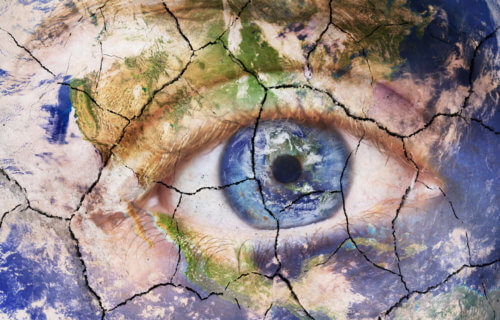OXFORD, England — Future generations may never get the chance to see a rainforest. Researchers from the University of Oxford have found that tropical trees in the rainforests of Australia are dying twice as fast as they did four decades ago. Their new study suggests the death rate has likely doubled because global warming is drying up the atmosphere.
Not only is climate change affecting tropical trees, but fewer trees will make it harder to keep climate change under control. Tropical rainforests help store carbon and can delay climate change by absorbing almost 12 percent of human-caused carbon dioxide emissions. However, with the atmosphere warming up, it takes away moisture from the plants and causes water stress among trees.
The goal of the Paris Agreement on climate change is to keep global warming below 2 degrees Celsius or limit it to 1.5 degrees. Unfortunately, a reduction in biomass and carbon storage from deforestation may thwart these efforts.
“It was a shock to detect such a marked increase in tree mortality, let alone a trend consistent across the diversity of species and sites we studied. A sustained doubling of mortality risk would imply the carbon stored in trees returns twice as fast to the atmosphere,” says David Bauman, a tropical forest ecologist at Smithsonian, Oxford and IRD and lead author of the study, in a university release.
Tree death has a domino effect on wildlife
Another consequence of tree deaths is how it affects other species that rely on it for food or shelter.
“Many decades of data are needed to detect long-term changes in long-lived organisms, and the signal of a change can be overwhelmed by the noise of many processes,” adds Dr. Sean McMahon, senior author and senior research scientist at Smithsonian.
Australia has already seen the devastating effects of climate change on the corals of the Great Barrier Reef. Tree deaths are typically hard to measure because they have long life spans but having a long-term dataset such as in the current study adds to the evidence that climate change has been going on since at least the 1980s. There is also some evidence of increasing tropical tree death rates in the Amazon rainforest — although its exact cause is still under investigation.
“Moreover, the likely driving factor we identify, the increasing drying power of the atmosphere caused by global warming, suggests similar increases in tree death rates may be occurring across the world’s tropical forests,” says study co-author Yadvinder Malhi, a professor at the University of Oxford. “If that is the case, tropical forests may soon become carbon sources, and the challenge of limiting global warming well below 2 °C becomes both more urgent and more difficult.”
The researchers note that planting new trees has not helped compensate for the massive loss of biomass.
The study is published in the journal Nature.


8 BILLION mouth breathers are KILLING the planet……and no body gets it!!!……………